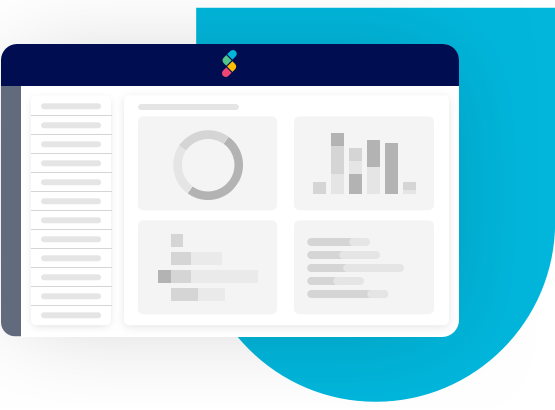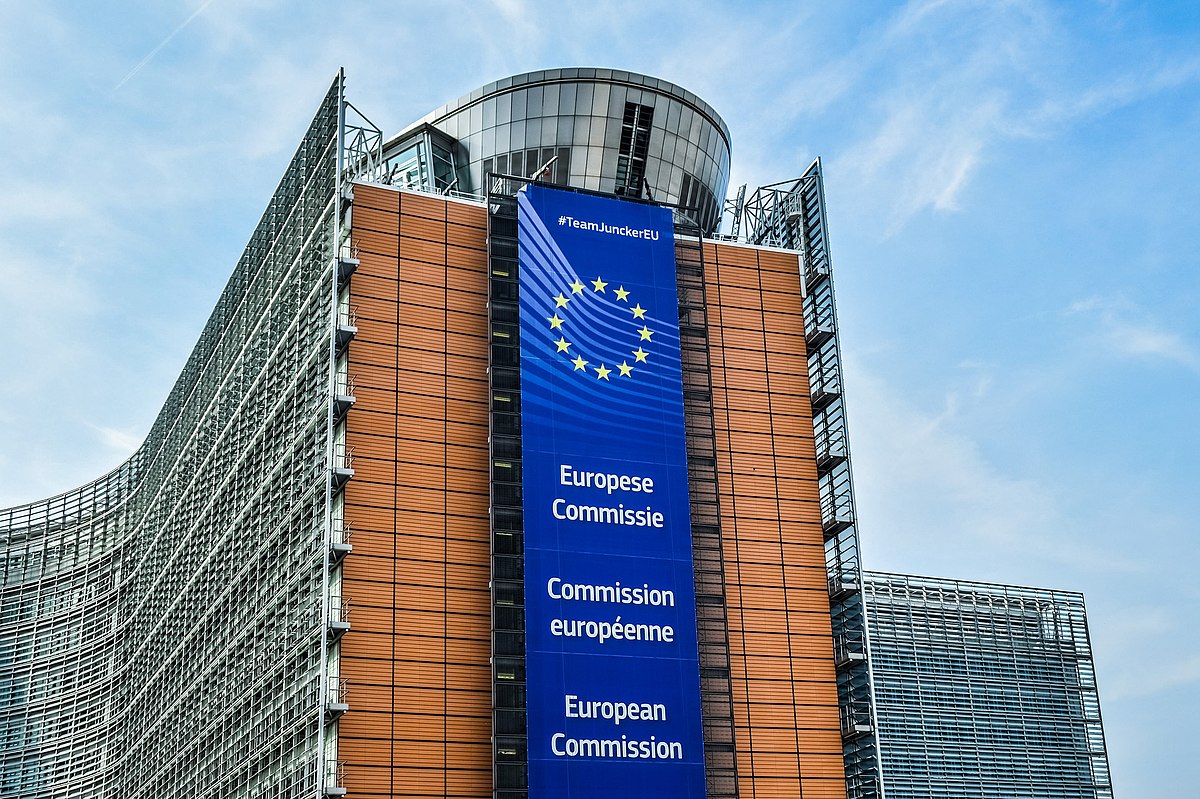What the EU AI law regulates and prohibits
Article 5 of the European AI Act outlines the restrictions on the use of AI and prohibits certain applications. A definition is needed to distinguish AI from other, simpler software systems. AI systems are described as "a machine-based system that is designed to operate with varying degrees of autonomy and that may exhibit adaptability after deployment and that, for explicit or implicit purposes, infers from the input it receives how to generate outputs such as predictions, content, recommendations, or decisions that can affect physical or virtual environments" (OECD Recommendation on Artificial Intelligence 2019).
The EU AI Act enumerates several prohibited AI systems, including biometric identification systems (Art. 5(1ba) EU AI Act), and imposes strict limitations on the use of real-time remote biometric identification systems in publicly accessible spaces (Art. 5(1d) EU Act). In addition, the EU AI Act prohibits AI systems that exploit any vulnerabilities of a person or a specific group of persons due to their age, disability or specific social or economic situation (Art. 5(1)(b) EU AI Act).









